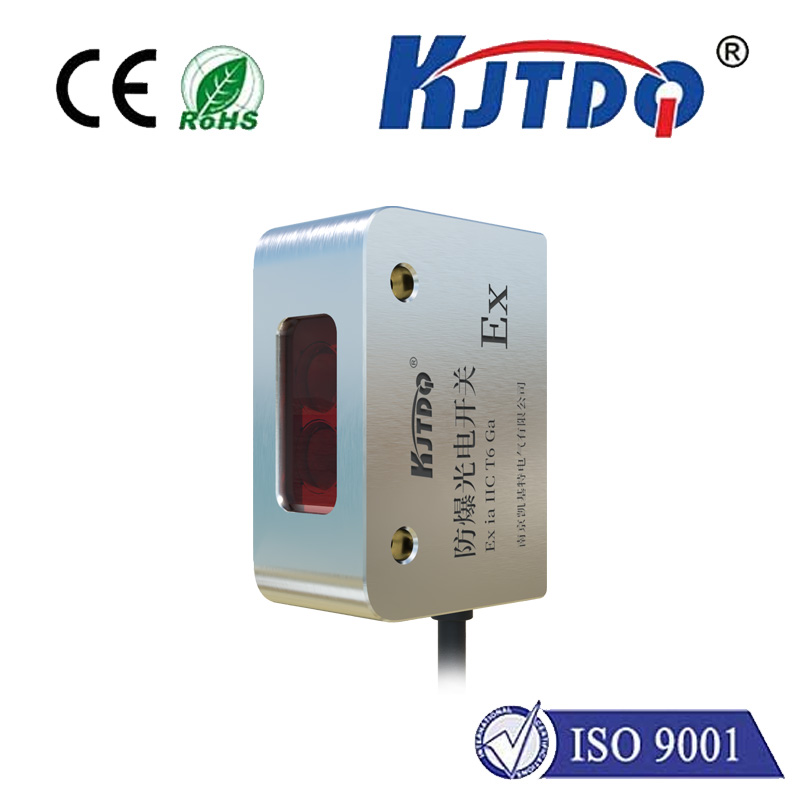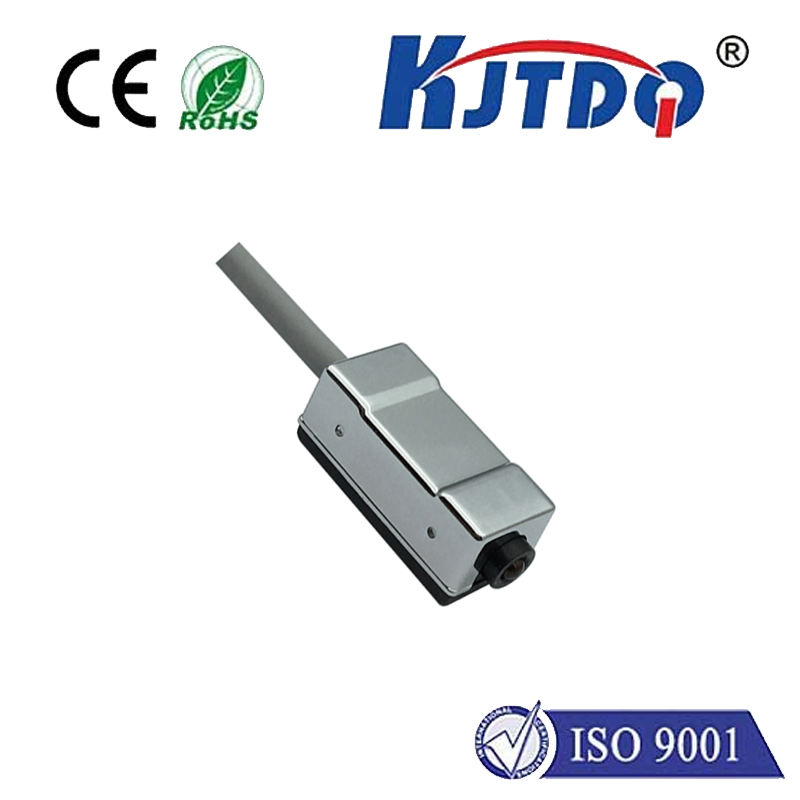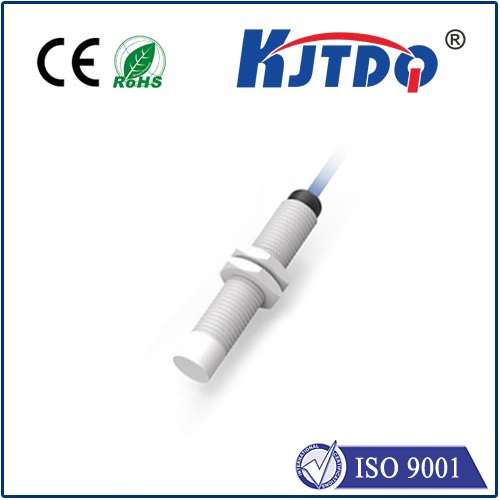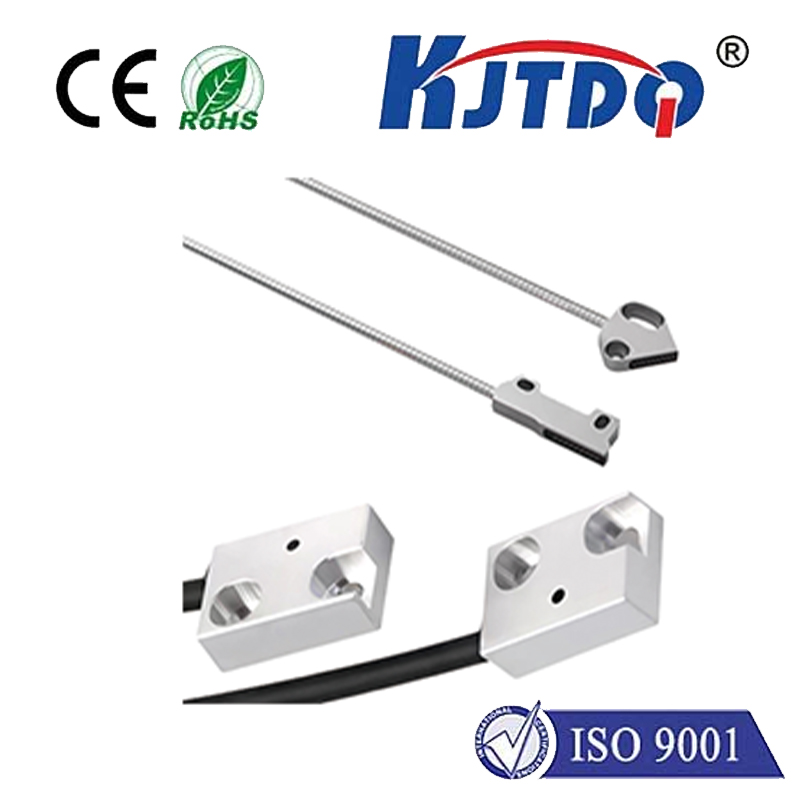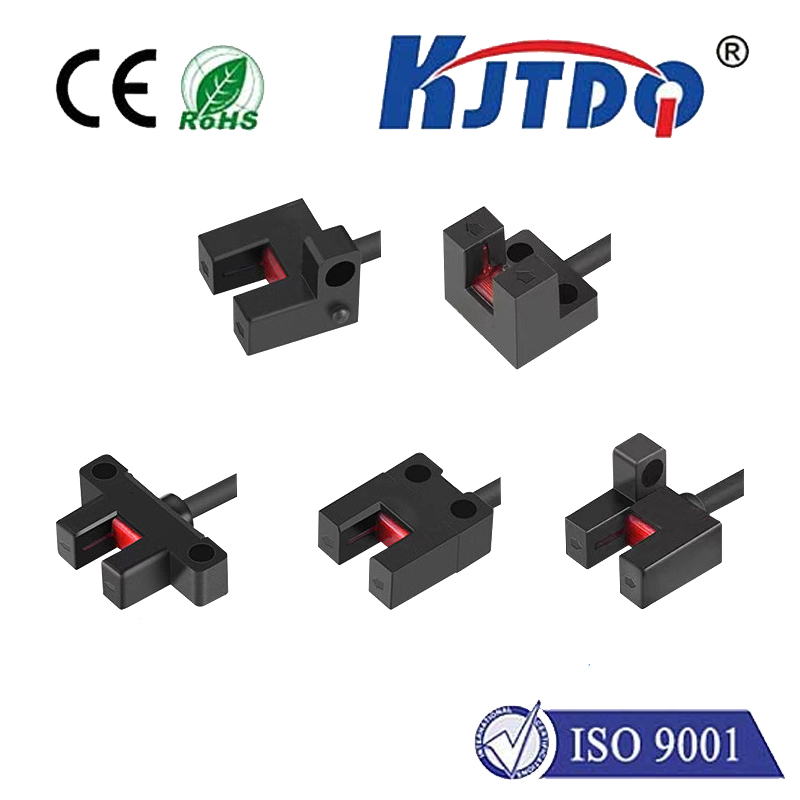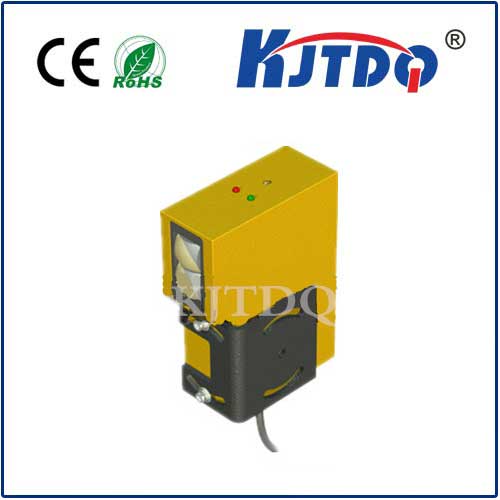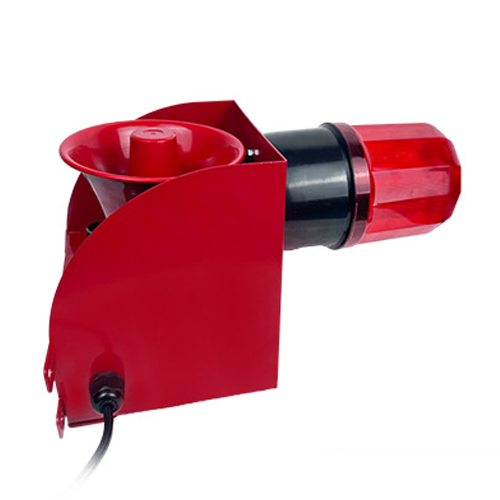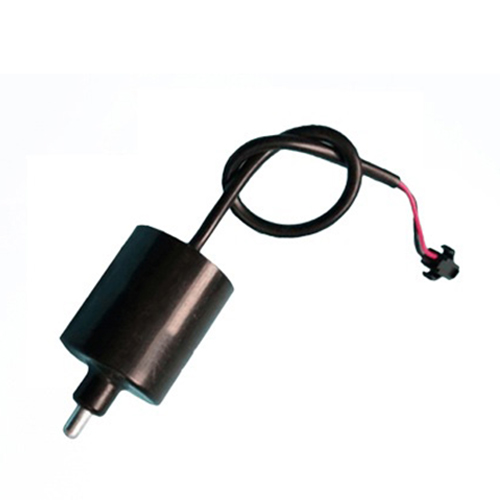

check

check

check

check

check

check

check

check

check

check
Imagine needing to measure the thickness of a human hair, the precise warping of a delicate component under stress, or the exact distance a robotic arm travels within a cramped assembly cell. These are tasks demanding micron-level accuracy in spaces where traditional sensors simply won’t fit. Enter the micro laser distance sensor – a technological marvel that packs powerful measurement capabilities into an incredibly compact form factor. Far more than just a miniaturized gadget, this sensor represents a paradigm shift, enabling precision where it was previously impossible or impractical.
Unlike bulky predecessors, the defining characteristic of these sensors is their significantly reduced size. This miniaturization isn’t merely aesthetic; it unlocks a world of applications. Engineers can integrate them into tight spaces within machinery, onto mobile platforms with limited payload capacity, or directly onto miniature devices themselves. This inherent compactness is revolutionary, allowing for in-situ monitoring in locations previously inaccessible to larger displacement sensors or LVDTs.

The core operational principle leverages focused laser light. Typically utilizing laser triangulation or sometimes time-of-flight (ToF) principles adapted for close ranges and small form factors, these sensors project a highly collimated beam onto a target surface. Reflected light is captured by a miniature, high-resolution receiver, often a CMOS sensor. Sophisticated onboard electronics then calculate the distance based on the beam’s angle of return (triangulation) or the time taken for the light pulse to travel (ToF). The result is high-precision, non-contact distance measurement. Crucially, this operation happens without physically touching the object, eliminating potential damage or measurement distortion, especially critical for fragile components or high-speed processes.
The advantages extend far beyond small size and non-contact operation. Modern micro laser distance sensors offer impressive resolution, often down to the sub-micron range. Their high measurement frequency, reaching into the kilohertz range, makes them indispensable for tracking rapid movements or monitoring high-speed production lines in real-time. Furthermore, their excellent repeatability ensures consistent, reliable data capture over extended periods. Their inherent robustness allows them to function reliably in challenging industrial environments, resisting vibration, ambient light interference (within limits), and even minor dust contamination.
So, where are these tiny titans making the biggest impact? Their versatility spans numerous demanding fields:
Manufacturers continually push the envelope with micro laser distance sensor technology. Emerging trends focus on enhancing immunity to challenging surfaces like dark, shiny, or transparent materials through advanced optics and algorithms. Integration is another key area, with sensors offering digital outputs (IO-Link, USB, Ethernet) and sophisticated onboard processing capabilities, simplifying connectivity and reducing the burden on central controllers. Efforts also persist in achieving even higher resolutions and faster measurement speeds within the constrained physical dimensions.
The micro laser distance sensor is far more than a scaled-down version of its larger counterparts. It embodies a critical response to the evolving demands of modern technology – the need for extreme precision in increasingly confined spaces. By delivering high-resolution, high-speed, non-contact measurement in a remarkably compact package, these sensors are fundamental enablers of innovation across robotics, micro-manufacturing, electronics, and beyond. They have become the essential eyes for precision where size and accuracy matter most, quietly and reliably transforming how we measure and control the miniature world around us.
